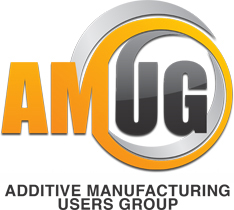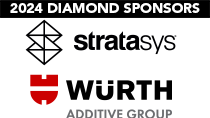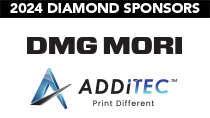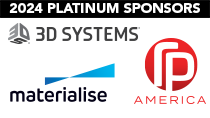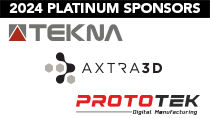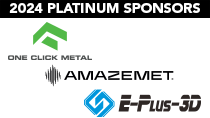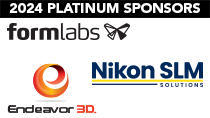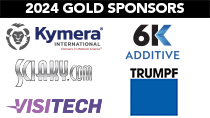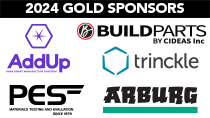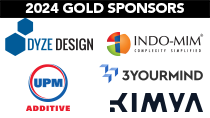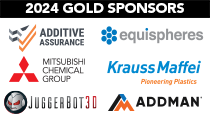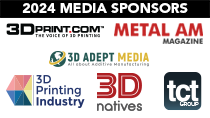Erika Berg, Maddie Frank, and Bill Braune recognized for excellence in additive manufacturing.
MILWAUKEE, WISC., June 13, 2019 – The Additive Manufacturing Users Group (AMUG) recognized excellence in additive manufacturing (AM) with the selection of winners in its annual Technical Competition. From 17 entries displayed at the annual AMUG Conference, a panel of industry veterans selected Erika Berg of Carbon, Maddie Frank of the University of Wisconsin, and Bill Braune of Met-L-Flo as the winners of the competition.
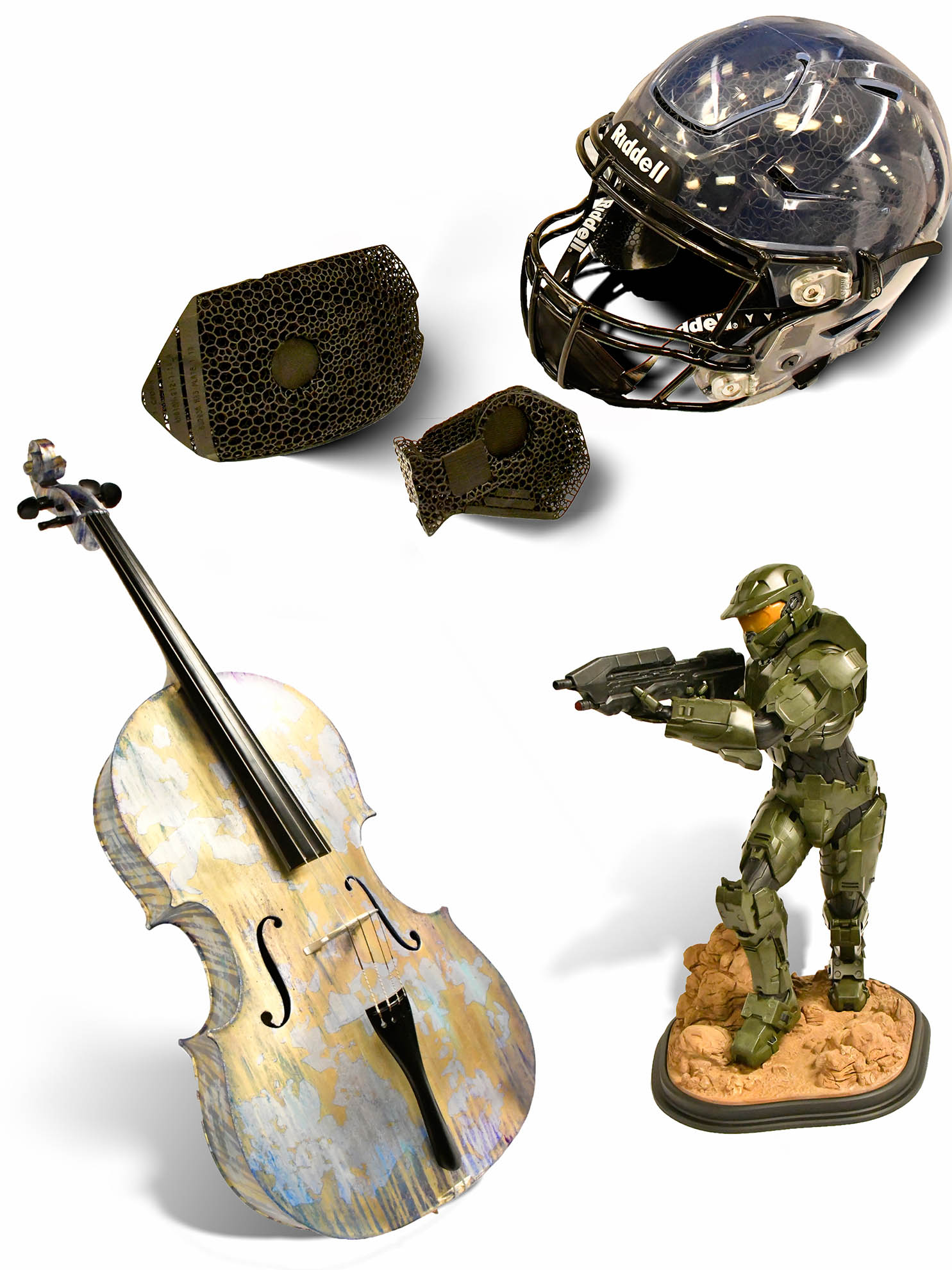
AMUG Technical Competition winners: (top) Erika Berg’s digitally printed helmet liner components and Riddell’s SpeedFlex Precision Diamond Helmet; (left) Maddie Frank’s cello, and (right) Bill Braune’s Master Chief reproduction.
Mark Barfoot, AMUG past president and coordinator of the Technical Competition, said, “The 17 entries in the Technical Competition were amazing in their beauty, innovation, and practicality. Our panel of judges deliberated at length to make the final decision.” In the end, the judges could not break the tie in the Advanced Finishing category. Maddie Frank and Bill Braune were named co-winners in this category for their exceptional execution and attention to detail when bringing their 3D-printed parts to life.
Frank’s entry, a 3D-printed electric cello was both innovative and elegant with an artistic, abstract interpretation of the instrument’s classic look. Through laborious effort and carefully thought-out techniques, Frank translated the distressed elements, wood grains, and overall character of the original to her 3D-printed version. Judges noted that the 3D-printing material Frank selected for its strength is notoriously difficult to work with when seeking aesthetically pleasing finishes. Frank also demonstrated skill in fabrication to make her entry beautiful and playable—producing the sound and resonance of a hard-wood-made stringed instrument. Judges also commented that the execution of design, fabrication, construction, and finishing was at a level far beyond that which is expected of an engineering student and intern.
Braune captured the judge’s attention with “The Master Chief,” a 30-inch-tall model of the Halo video game character by the same name. His skills and his choice of tools brought this digital character to life in the physical world. For his entry, Braune used various painting techniques, with Pantone® color matching for authenticity to the digital character, after painstakingly blending seams, sanding, and polishing. The model was comprised of seven pieces that were produced with stereolithography and Digital Light Synthesis™. The judges were also impressed by the creative use of dyed laser sintering powders to add texture to the rock formations of the base on which the Master Chief stands.
Mark Barfoot said, “Seeing Maddie’s and Bill’s entries, I can understand why the judges could not break the tie. Both presented impeccable works worthy of being called art.”
While the Advanced Applications category had one winner, Erika Berg, the judges had an equally challenging decision-making process. However, Berg’s entry, a digitally printed helmet liner for Riddell’s SpeedFlex Precision Diamond Helmet, stood out for its innovative application of AM’s unique capabilities and the collaboration between Carbon and Riddle. The liners, which are custom made for each player, are comprised of digitally tuned lattices that contain more than 140,000 struts. Digital tuning adjusts both the shape and material composition of the struts, which provides multiple functional zones from one 3D-printing build to optimize energy absorption for head protection. The liners have been used by select players from each of the 32 NFL teams.
Barfoot said, “Our judges were impressed by the mass customization aspect of this application and its practical role in improving player safety. Personally, I really applaud the digital tuning aspect, which is something that non-AM technologies simply cannot achieve.”
For Advanced Concepts, Daniel Michalski (Ford Motor Company) and Robert Heath (Eckhart) took second place for their lift assist alternative that supports the manufacturing process for FWD transmission cases. Third place in this category was awarded to Jack King (DustRam LLC) for 3D-printed DustRam tools that provide dustless tile removal in homes and offices. In the Advanced Finishing category, Andrew Allshorn (At 3D-Squared) was awarded third place for his replica of a vintage Century boat’s steering wheel medallion.
As winners of the Technical Competition, which recognizes excellence in additive manufacturing applications and skill in finishing additive manufacturing parts, Berg, Frank, and Braune each received complimentary admission to the 2020 AMUG Conference, a commemorative award, and the admiration of their fellow AM users.
ABOUT ADDITIVE MANUFACTURING USERS GROUP (AMUG)
AMUG is an organization that educates and advances the uses and applications of additive manufacturing technologies. AMUG members include those with industrial additive manufacturing/3D printing technologies and materials used for professional purposes from companies such as Stratasys, DSM, SLM Solutions, EOS, GE Additive, ExOne, BASF, Renishaw, Carbon, HP Inc., Additive Industries, Formlabs, and 3D Systems. AMUG meets annually to provide education and training through technical presentations on processes and new technologies. This information addresses the operation of additive manufacturing equipment and the applications that use the parts they make. Online at www.amug.com.
